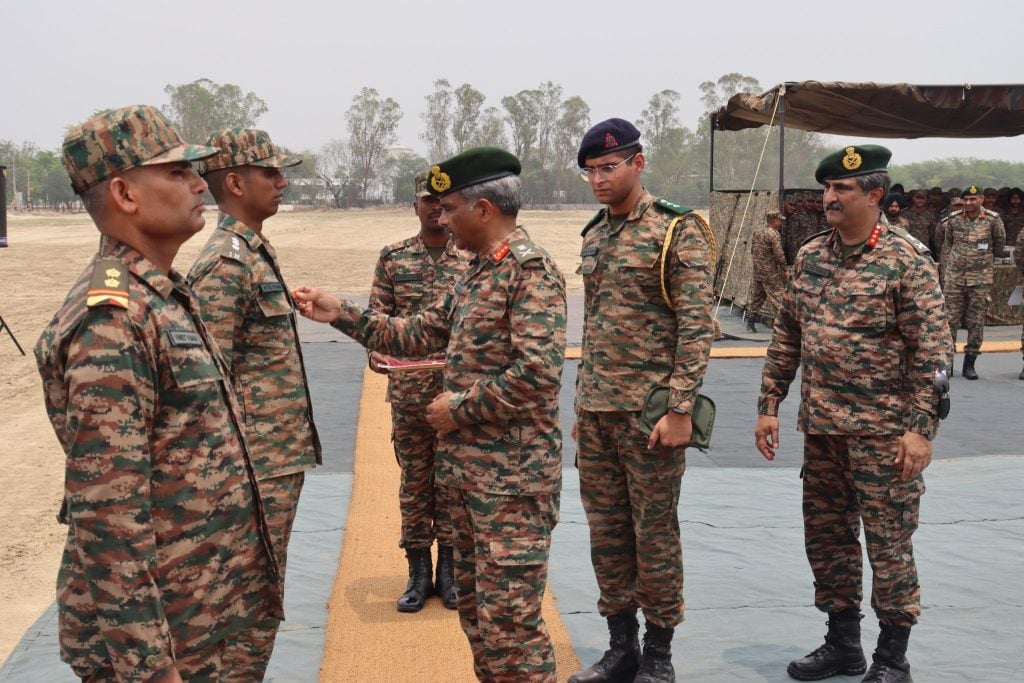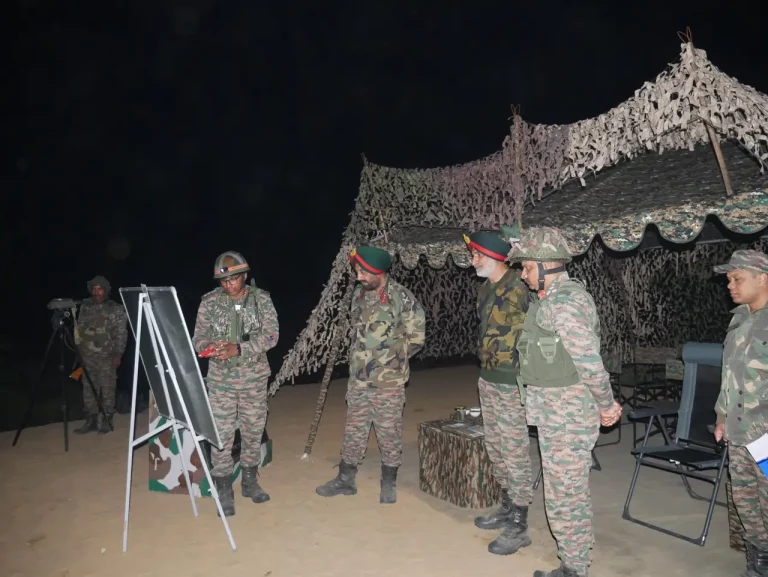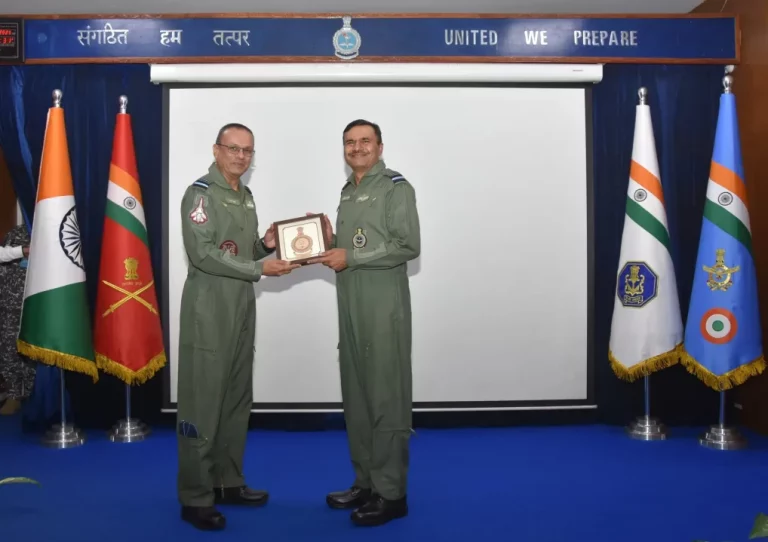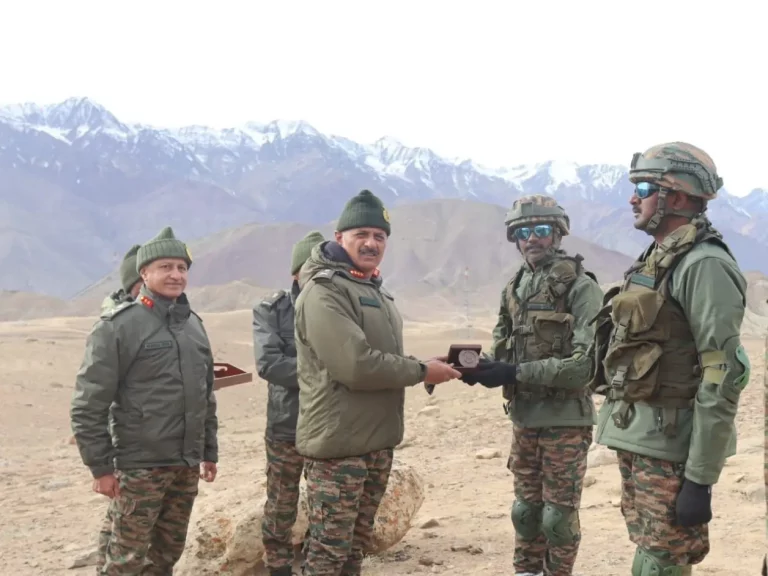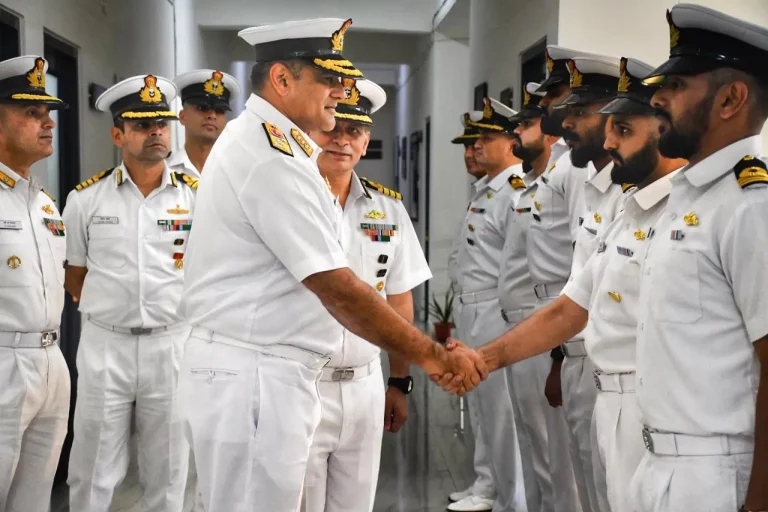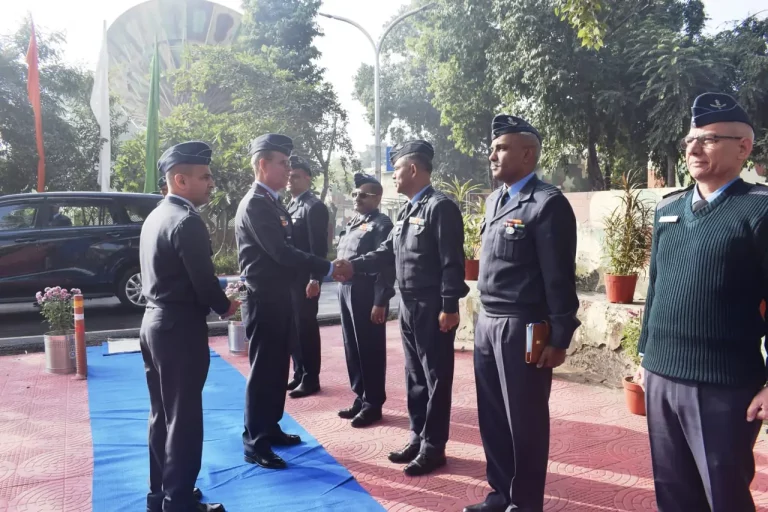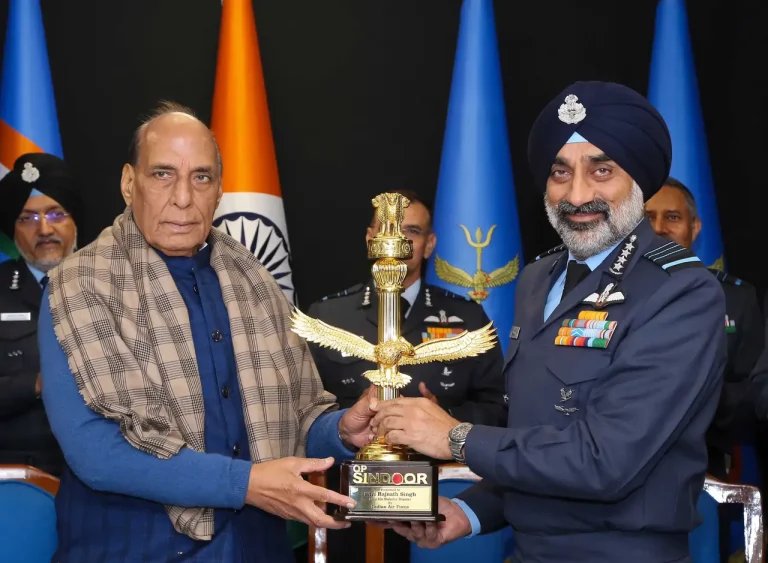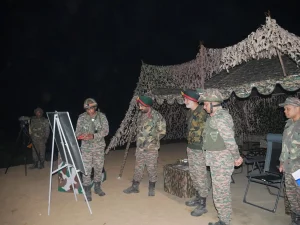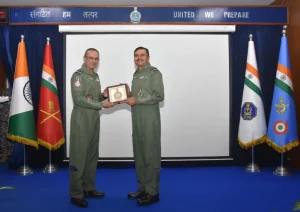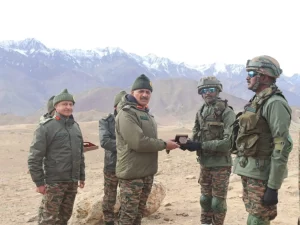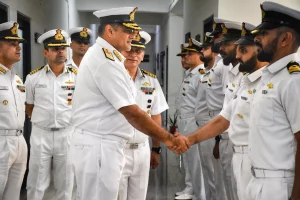Lieutenant General Manoj Kumar Katiyar, the General Officer Commanding-in-Chief of the Indian Army’s Western Command, recently conducted a thorough inspection of the Kharga Corps in Ambala. This inspection underscores the Army’s continued emphasis on operational readiness along India’s western borders.
During his visit, Lt Gen Katiyar assessed the combat preparedness of the troops and engaged with personnel from various units within the Corps. He praised the high standards of professionalism and vigilance demonstrated by the Kharga Corps. In light of evolving threats, particularly from Pakistan and potential challenges posed by China, he reiterated the need for adaptability and constant readiness.
The Kharga Corps, formally designated as II Corps, has played a critical role in India’s western defense strategy since its establishment on October 7, 1971. Notably, the Corps was instrumental during the 1971 Indo-Pak war, contributing to significant victories such as the capture of Khulna, Jessore, and Faridpur. Since relocating its base to Ambala in 1985, it has maintained its position as a vital strike formation within the Western Command.
Lt Gen Katiyar’s visit comes during a period of active modernization within the Indian Army, particularly in its armored capabilities. The Army plans to induct 1,770 Future Ready Combat Vehicles by 2030, aimed at replacing the aging T-72 fleet. This modernization initiative is part of a broader strategic effort to deter any coordinated threats from both Pakistan and China, a concern that was previously addressed by former Chief of Defence Staff General Bipin Rawat.
In addition to operational assessments, the visit featured a ceremonial gathering attended by troops from various units under the Kharga Corps. This gathering highlighted the unity and morale of the personnel. Lt Gen Katiyar’s engagements reflected his leadership approach, shaped by his previous tenure as the Director General of Military Operations, emphasizing operational excellence and strategic preparedness.
Overall, the inspection reaffirmed the Western Command’s commitment to safeguarding the nation’s frontiers and maintaining a credible military posture in one of India’s most sensitive operational theaters.
